The Perfect Frame (Himadri Bhuyan, Assam)

As we delve deeper into the art of photography, we look in for more inspiration. Some people provide us with this much needed inspiration and a lot more. Twisted Shanti had a wonderful opportunity to speak with Himadri Bhuyan, a photographer, whose work has received great appreciation. His work not only gives you the visual satisfaction of looking at something amazing, but also instills thoughts which are equally intense. Besides receiving a number of accolades, his work has also been published on the National Geographic Magazine. The best part is he takes his work so seriously, it is bound to inspire. Read on to know a little bit more about him and explore some of his masterpieces.
Since a lot of us know you only through your photographs, we don’t really know much about you. Would be great if you could tell us a little bit about yourself, right from the beginning of your journey: My birth place is Sivasagar but I was brought up in Guwahati, where I’ve stayed most of my life. After completing my first master’s degree in Geography I went on to work at Foundation for Ecological Security (FES), a leading non-profit organisation. The professional and personal experiences I collected while serving during my formative years shaped a part of me. Then I went on to work for several other organisations like AARANYAK, ICIMOD, New Concepts, UNICEF, and the Laokhowa Burhachapori Wild Life Conservation Society (LBCS). In these associations, I covered a variety of issues like water resource management, disaster adaptability, census evaluation, wildlife and nature conservation. This resulted into several national and international publications in the aforementioned fields with me being either the author or the co-author. I actually wanted a break from all the work when I went on to pursue my second masters in Environmental Planning from CEPT (Centre for Planning and Technology), Ahmedabad. While being in CEPT, I had the opportunity to publish the first ever work on “The Ice Cover Change in Arunachal Pradesh” encompassing a span of 15 years and this was done during my internship at IISc, Bangalore. Campus placement landed me a government job at CGG (Centre for Good Governance), Hyderabad. But about six months later I headed back home towards the end of 2013. Since then I have been associated with a few organisations (namely Metropolis, Muse & Memories, This Life Productions and Wild Trail) that have helped me earn my livelihood through photography, conservation and planning works.
My photography skills got a major boost post 2013 as I got in touch with quite a few renowned photographers of the region and the interactions with them as well as some of my viewers has helped me grow manifold. Then came the time for self-assessment and I started submitting my images in different websites (for contests and assignments) and Photography Salons. Nat Geo Your Shot’s publication of my image titled “The Fern” as one of the Daily Dozen images was my first major achievement and that was closely followed by the image “Peering Owlet” winning an assignment titled “Nature in Black and White”. This image was later published both in the electronic and print versions of National Geographic Magazine and also in the book “Getting Your Shot” by Nat Geo. Since then my images have received a number awards and I haven’t really kept a count of it. The ones that come to my mind instantly are these:
- “Lamuney Campsite in Half Moon” that won the travel category of NEPA All India Salon.
- “Veloghat Falls”, “The Great Gig in the Sky II “& “The Flow Within” that made it to Kaleidos Top Selection – Art & Sensations.
- “Peering Owlet” Finalist of Black and White Photography Contest by Light Art Academy.
Apart from my Instagram, 500px and Nat Geo Your Shot profiles, these and other images can be viewed in my facebook page “Revelling Light – A Himadri Bhuyan Creation.”
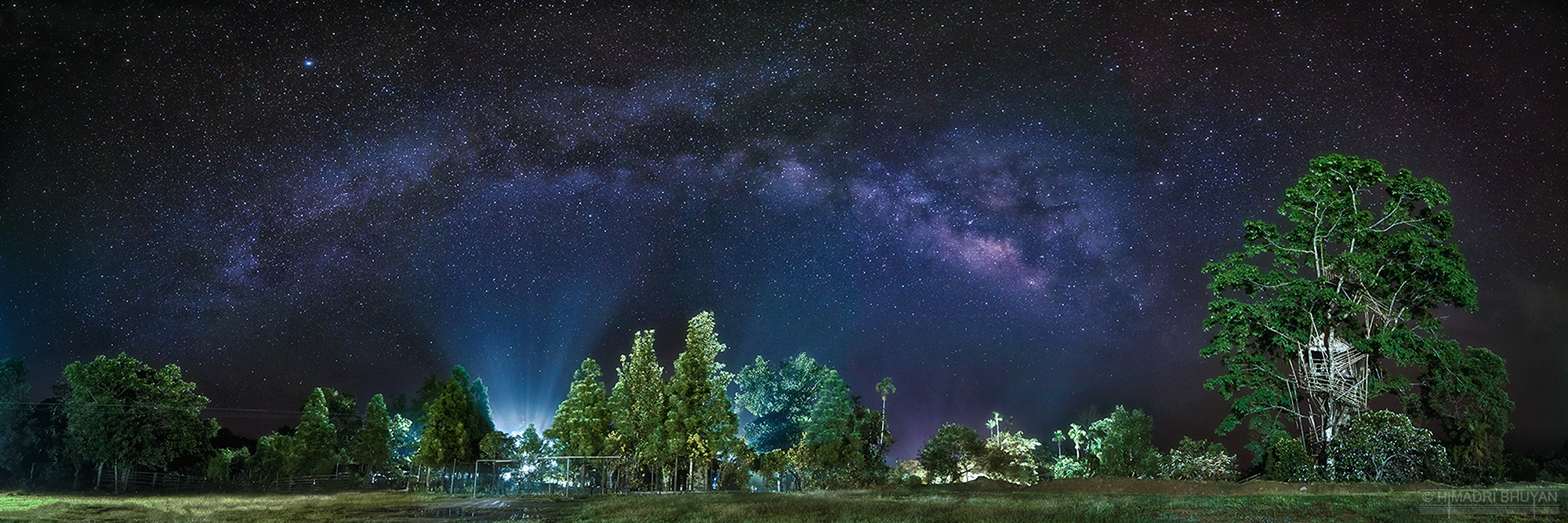
How did you get into photography? Which was your first camera? Was there a particular experience or event that made you pick up the camera: Getting into photography wasn’t sudden. As a kid I used to love clicking family group photos as I was fascinated by the sound of the film advancing and the rewinding levers of the point and shoot 35mm camera we had. But it was only after I got admitted to B. Borooah College that my interest in photography grew when one fine day I came across one of the first issues of Batter Photography. The images I saw in those few pages jolted me out of the thought process that photography was all about family group shots and studio portraits. I started saving and a few months later gifted me my first camera Vivitar 3800n a manual SLR. It’s been 19 years since. As far as photography skills are concerned, initially it was all through hit and trial and it often took me months to get the correct exposure and composition. I used to keep a log of shot details to help me get better at it. Once the film roll gets developed I used to compare the log with the images and write down the errors behind each image. Back then the learning curve was almost horizontal as savings were enough for either two magazines or just a film roll and I used to prefer the latter, all the time drooling over the photography books on the display shelves of bookstores throughout Pan Bazaar. Now-a-days electronic and digital media has made life easy as lessons are available in so many forms.
How do you spend your free time: Photography takes away the largest share of me. So whenever I have free time I’d like to socialize over a cup of tea, actually several cups of tea, with people I’m comfortable with, drive around and visit less visited / less know places, go for a trek mostly in the mountains, watch movies, clash with fellow clashers in COC (that’s the latest addition) and finally shoot a bit more and follow renowned photographers online. Reading was a hobby once but now my collection of books is gathering dust. Every now and then I do pick up a book but never go beyond a few pages. I go bonkers for non-fiction.


With respect to style of photography, I have seen many people completely biased toward one style, mostly nature or street. Do you have a bias towards any particular style: Though I have a weakness for Monochrome images I have no bias towards any particular style. I would love to learn the styles I haven’t yet tried as well as improve the existing skills.
You have traveled a lot in the Himalayas over the last five years. Of all the destinations, are there any particular ones, the memories of which still linger on: Each of the places I’ve visited has numerous memories associated with them but the overpowering ones are certainly the ones that had trekking involved. The three major treks I’ve done are Kundli Pass (2014), Roopkund (2015) and Goecha-la (2016). Memories of these treks still linger on primarily because of the lessons it taught me. When I sit back and recollect those memories (as I’m doing now) it makes me happy, which wasn’t so during the treks.
Kundli was the toughest of all for several reasons. Firstly it was a three person team with me, my cousin Kaushik and our guide Shyam Kapoor (who is actually a shepherd). Though he knew the mountains well he’d never guided anyone before us and thus he had a lot of lessons to learn too. Before Shyamu (as we fondly call him) there was only one person who had guided a couple of treks up and across the pass and the last known trek happened in 2010. The initial excitement and energy dissipated in the first few minutes of the trek when both me and my cousin realized that for first timers it will be next to impossible to carry our backpacks filled with warm clothes, sleeping bags, sleeping mats, ration for 6 days and nights. An hour or so into the trek I already started thinking of turning back. But now as I share the story with you I know well what I would have missed had I turned back. The ordeal continued for 5 days (yes we completed it with a day to spare) till the point (Hilling) where we got onto the bus headed towards the town called Chamba. Add to this the fact that there was no path to walk on during the first four days of the trek except for the first 45 minutes or so. Then there was heavy rain, drenched clothes, cold winds, a lot of bush racking and poison ivy stinging in the first two days followed by boulder jumping and glacier crossing till the pass and ice sliding, crevasse and boulder jumping beyond it. All this was possible due to the able guidance of Shyamu who later revealed had done a certificate course in Basic Mountain Climbing from HMI (if I remember correctly). The risks were high but so were the rewards. For me the highest reward was being one of the only three souls up there during those 5 days. Imagine walking over a blanket of ice with just the roar of the water rushing downstream right under your feet. “What if the ice caves in?” the thought does cross your mind but then all you can do is resigning to your fate. That was one crazy trek I did. The other treks too have a special place in my heart but I won’t take up space in mentioning about them. Maybe I’ll do it some other time when we sit over several cups of tea.


The North East is still relatively unexplored but you have explored a lot of it. Three places from the North East that you consider as must-visits: a) The Dzukou Valley – Japfu Peak – Khonoma & Dzuleke Village circuit (Nagaland) b) The hidden in plain sight and not so frequented places of Cherrapunjee & Mawsynram (Meghalaya), c) West Sikkim. If you’re in for the experience then visit these places. If you’re out for easy access & luxury then don’t even look at this list.
What is the equipment that you currently use:
Camera: NikonD300s + D750
Lens: AF Nikkor 50mm f/1.8D, AF-S NIKKOR 18-35mm f/3.5-4.5G ED, AF-S VR ZOOM-NIKKOR 70-300MM F/4.5-5.6G IF-ED, AF-S DX NIKKOR 18-105MM F/3.5-5.6G ED VR.
Hoya ND8, CPL & UV Filters.
Digitek DTR-495BH Tripod
Speedlite – Yongnuo YN560-III + YN560IV
Speedlite Trigger – Yongnuo RF603 II N3
Camera Trigger – ML-L3 IR Wireless Remote Control
Since you have also conducted a number of photography workshops, can you give us three tips for aspiring photographers:
- Learn to see / observe without the camera in your hand. Go out, take notes of things that interest you.
- Know your gear well. Even the cheapest of cameras do wonders now-a-days and from personal experience I can vouch that a simple point and shoot can give you commercially viable print quality and stunning images. So read the manual not just to understand the basic features but to use the different modes to your advantage.
- Educate yourself. That is to say enroll into a photography course as that is the easiest and fastest way to learn. You will be taught by people who are the best in what they do. If courses & degrees are expensive and out of your reach then go attend workshops, discussions or talks. And finally you have books and internet to learn from, but will demand a lot of patience and perseverance as you’ll fail over and over again and at times will feel like giving up.


What would be your dream photography destination and why: I haven’t thought of any dream destination till date as I’m a laid back person and I take it as it comes. It could be any place either within the region or outside but it has to meet the following criteria’s – It has to be a less visited place (no touristy place for me please) and there has to be a bit of difficulty involved in reaching it. Say for example “Dzukou Valley”. To reach that place you have to walk for 5-7 hours and you have no other option. The third and the most important criteria is that it should be a technically and physically challenging to get the perfect shots of the subject at the destination. Like my image titled “The great gig in the sky” (I & II). Extended periods of observation and several tweaks later did I get the image as I wanted it.And coming to think of it now that you’ve asked about my dream destination, if it could be a country the it would be Norway (as it is the land of the Vikings) and if it could be a trek then I’d definitely love to walk and document the Snowman Trek of Bhutan and the Appalachian Trail of USA, as both are known as the World’s toughest treks / trails while being scenic too.
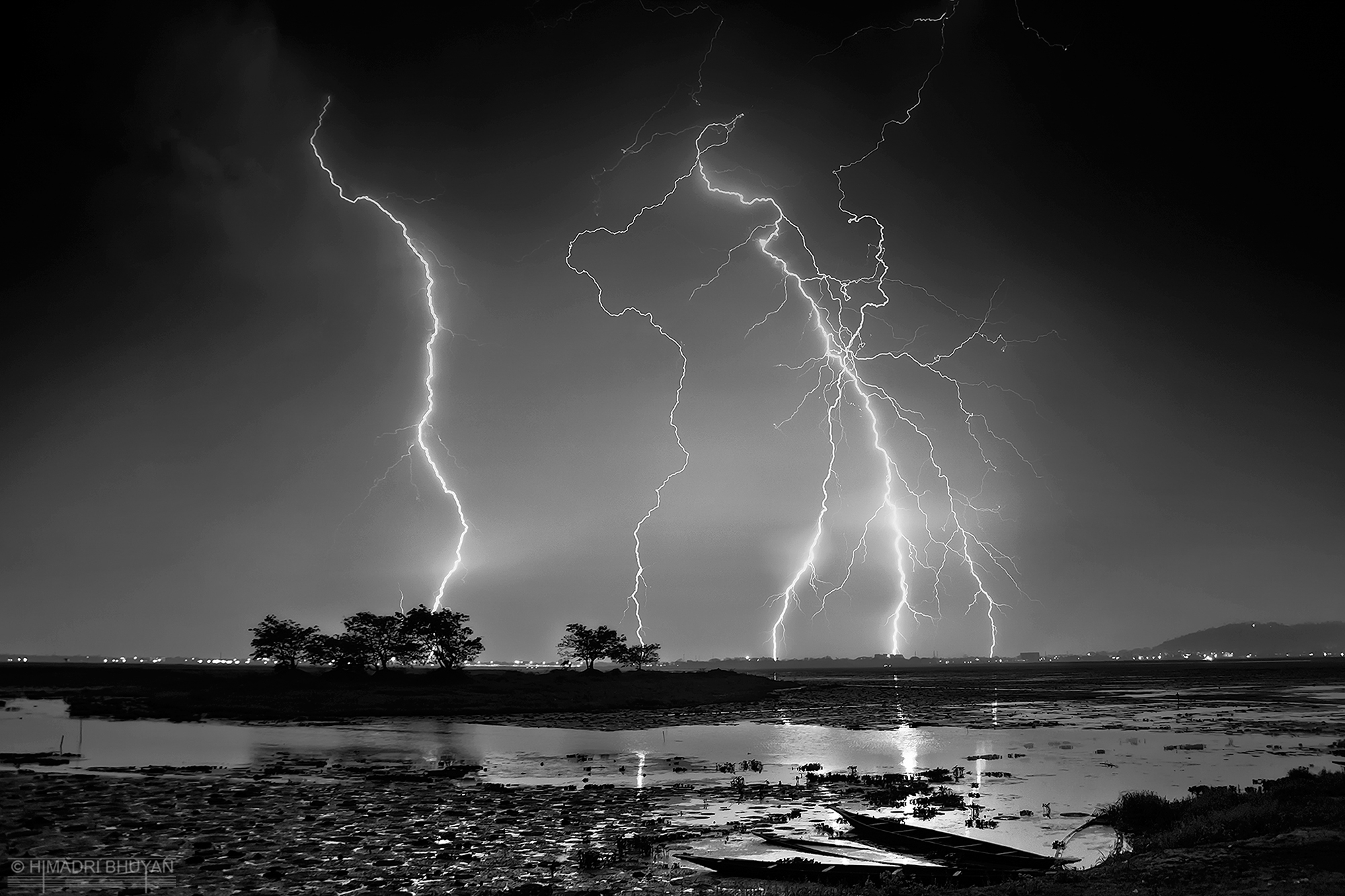

If you would have to name your inspirations in life, who would they be: The music I listen to is the primary source of inspiration and many of my image titles have come from the songs of Iron Maiden, Deep Purple, Judas Priest, Dire Straits, Led Zeppelin, Bob Dylan, Bruce Springsteen, Pink Floyd to name a few. Sometimes it’s a situation or a dialogue from a movie too. As far as individuals are concerned our region is full of talent that the outside world is yet to discover and among them I draw inspiration from Debraj Chakraborty, Arpan Kalita, Sayan Chakravarty, Nabarun Bhattacharya, Manabendra Choudhury, Vikramjit Kakati, Dipankar Bordoloi, Bidyasagar Boruah, Pynkmenlang Mawnai to name a few. Among the internationally acclaimed and recognised people are Ansel Adams, Michael Kenna, Lee Jeffries, Raghu Rai, Atif Saeed, Austin Thomas, Ted Gore, Joel Robinson and Marc Adamus.
The list continues to grow.
Three quotes that you stand by: Three quotes are too less as I have quite a few for almost every occasion and it keeps adding up. The following are the ones I’d stand by any given day:
“If you only do what you can do, you’ll never be better than what you are” – Kung Fu Panda.
“What goes around comes around” (this has been with me for nearly two decades now)
“The mountain always has the last word” Jon Krakauer
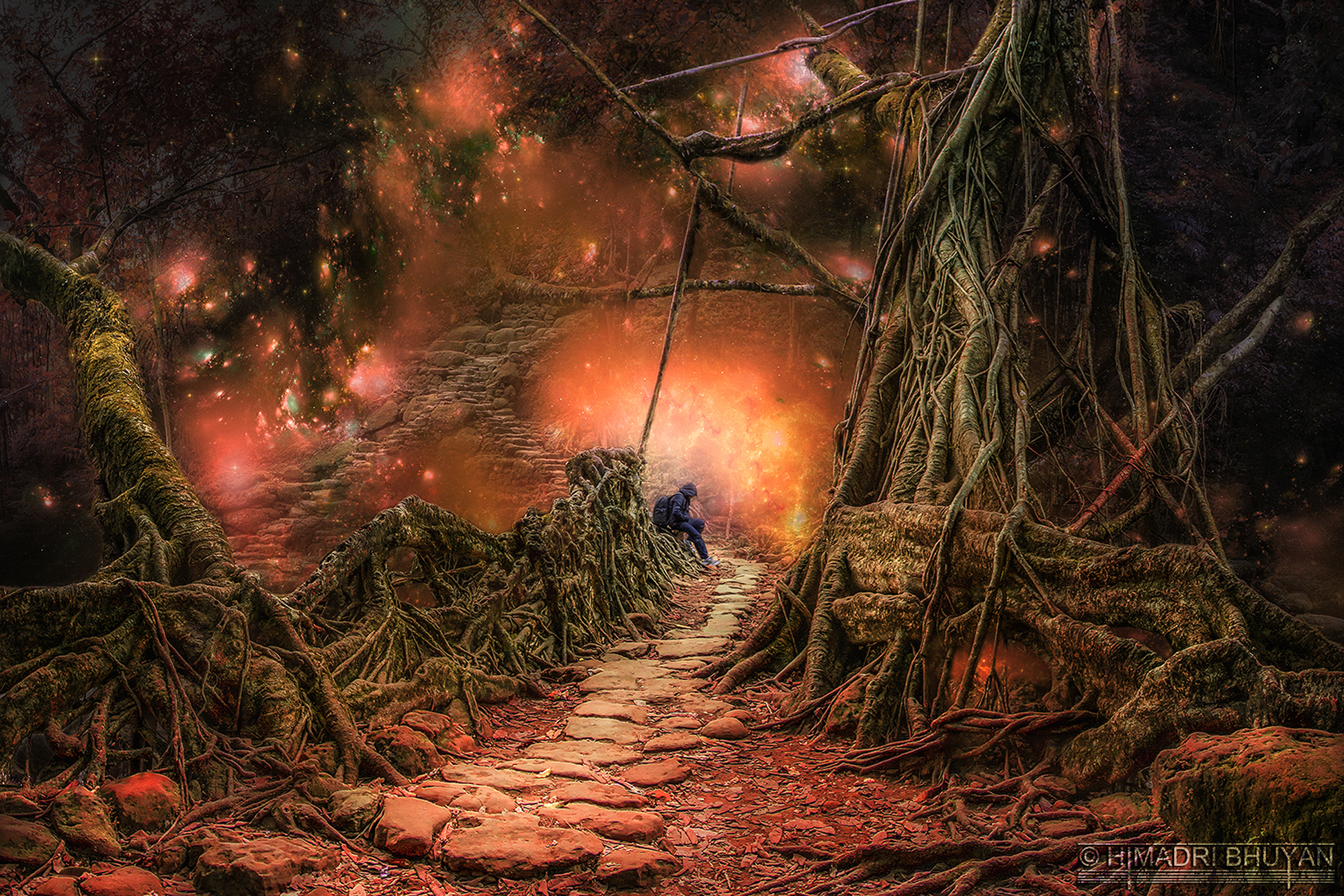

You can check out more of Himadri’s killer work on:

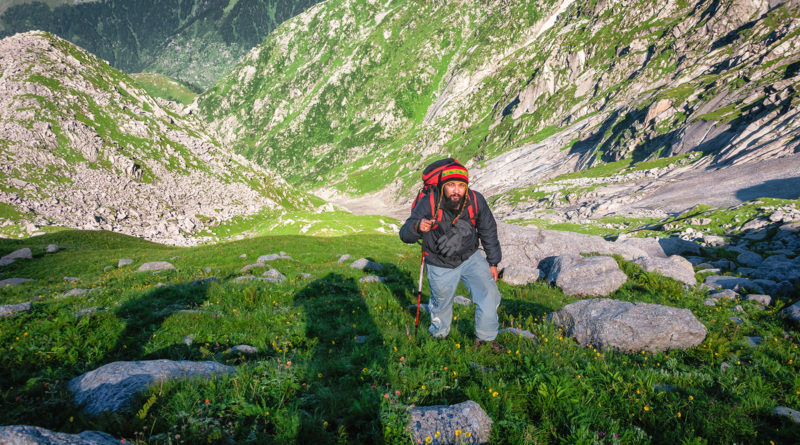

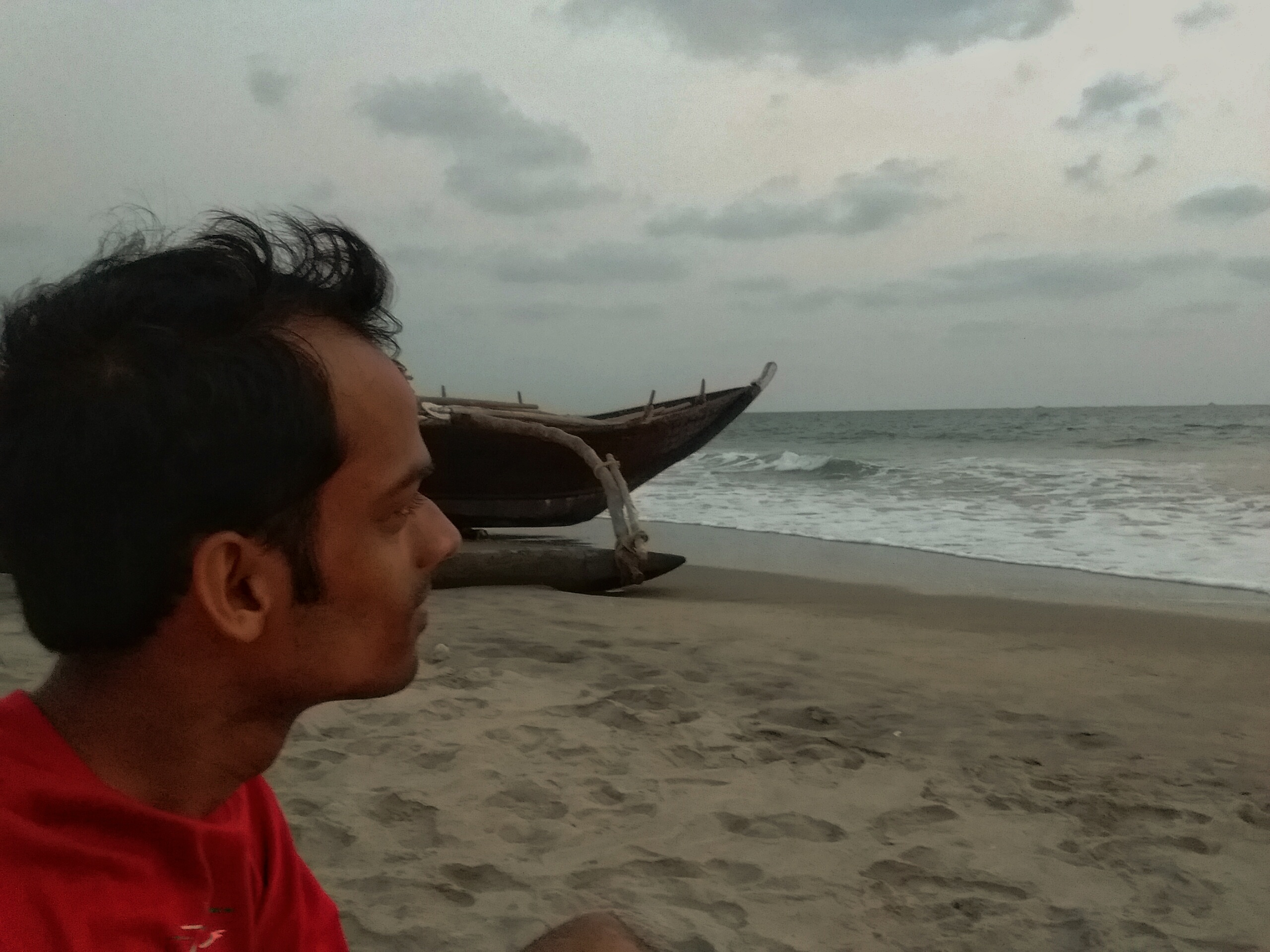
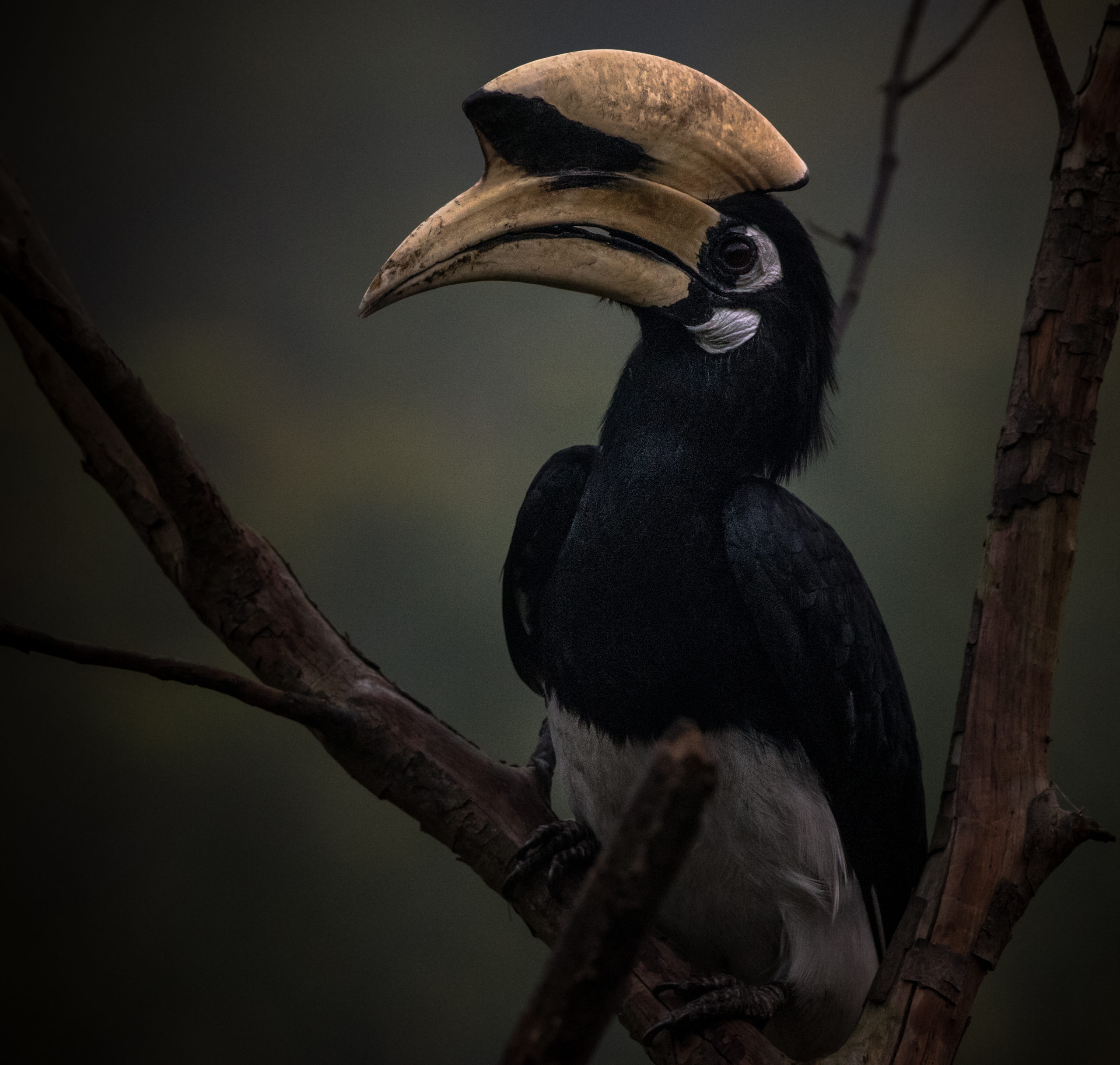
Comments are closed.